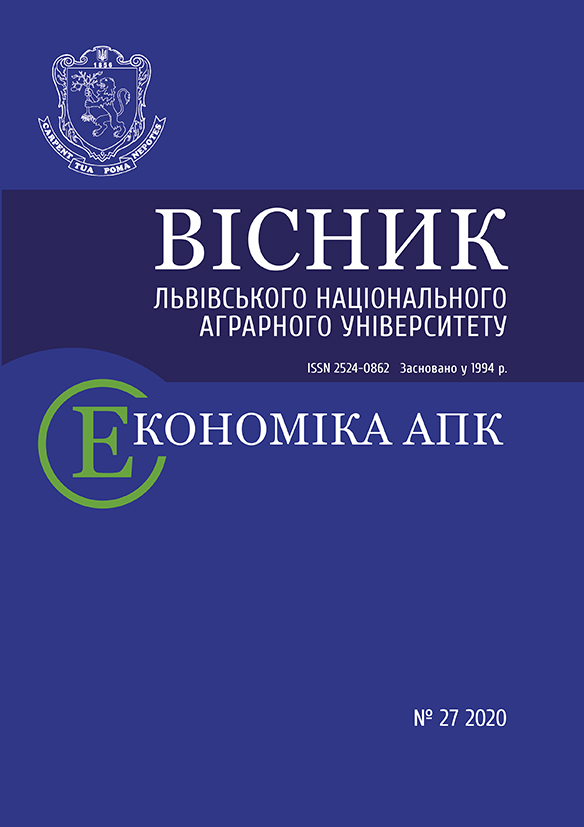Visnyk LNAU: Agronomy 2019 №23: 72-76
Symbiotic nitrogen fixation of legume-cereal grass mixtures
Karbivska U., Candidate of Agricultural Sciences
ORCID ID: 0000-0002-0540-8887
Precarpathian National University named after. V. Stefanyk
https://doi.org/10.31734/agronomy2019.01.072
Annotation
Analyzed the symbiotic nitrogen fixation of legume-cereal grass mixtures during the cultivation on sod-podzolic soils. Symbiotic fixation of atmosphere molecular nitrogen by tuberous bacteria of genus Rhizobium spp. in symbiosis with plants family legumes (Faboceae) - a unique biological phenomenon of nature in planetary significance and is one of the fundamental problems of theoretical biology.
Under stationary research, was studied the symbiotic nitrogen fixation of legume components, depending on various of cereal grass mixtures and fertilizers during the cultivation on sod-podzolic soils.
Studying of nitrogen fixation properties of perennial grasses due to free-exist Rhizobia was shown that the largest symbiotic device was formed by Galega orientalis, Lotus corniculatus, Medicago sativa, contribute to the accumulation of 450–550 kg/ha of symbiotic nitrogen per year. It contribute to increasing of soil fertility and improveing of their phytosanitary condition. After period of hay cut as a result of resetting old tubers, forming of the new one to the next hay cut was 50 % compared to the first, and their mass did not significantly increase.
The most actively nitrogen absorbing was from soil in option with Lotus corniculatus + P90K90 – 99,3 kg/ha, medium in option with Medicago sativa + Cereals + P90K90 – 94,2 kg/ha, less active was Galega orientalis (87,4 kg/ha), which is logical and corresponds to their biological peculiarities.
Established that in average during 3 years of cultivation legume-cereal grass mixtures on sod-podzolic soil remain the biggest amount of nitrogen (30,6 kg/ha) in option with Lotus corniculatus variety Ajax + Bromopsis riparia variety Bojan + Festuca arundinacea variety Lyudmyla + Elytrigia intermedia variety Chors + P90K90.
Key words
symbiotic nitrogen fixation, legume-cereal grass mixtures, sod-podzolic soil
Link
- Abdushayeva Ya. M., Nikolaeva T. A., Karbivskaya U. M. Features of the formation of the symbiotic apparatus of perennial legumes in the conditions of the Novgorod region. Materials of the 2nd international scientific and practical conference "Science, business, power - the triad of regional development: a collection of articles". Sankt-Peterburg: GNII "NATION DEVELOPMENT", 2017. P. 8–12.
- Karbivskaya U. M., Samoilenko V. A. Nitrogen balance of cereals and bean-and-cereal grasses. International conference. Dagomys, 2001. P. 59–60.
- Veklenko Yu. A., Korniychuk O. V., Kovtun K. P. et. al. Modern systems of management of the grassland economy in Ukraine. Kyiv: Agrarian Science, 2013. 32 p.
- Patika V.P. Biological nitrogen: monograph / responsible for editing V.P. Patika. Kyiv. World, 2003. 424 p.
- Babich A.O. Methodology of experiments on fodder production. Vinnitsa, 1994. 88 p.



